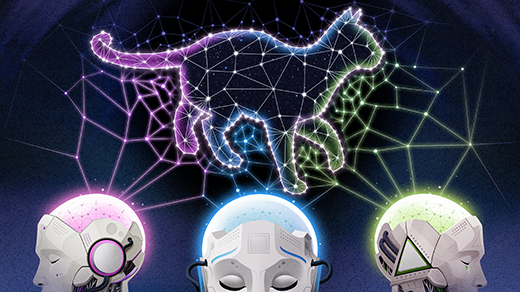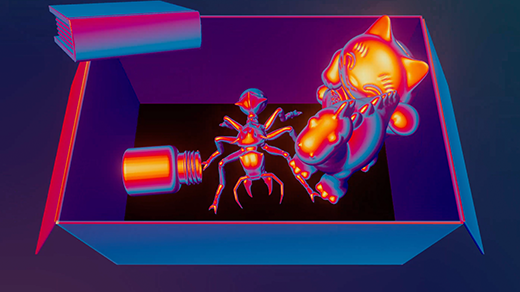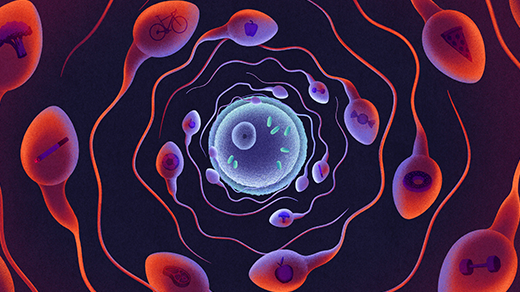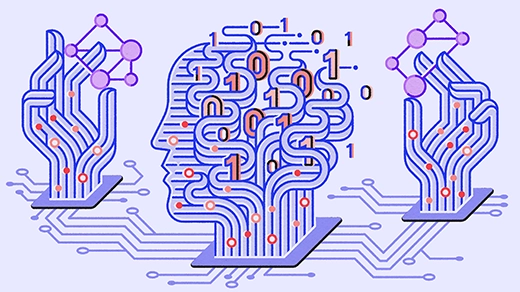Archive
Latest Articles
Using AI, Mathematicians Find Hidden Glitches in Fluid Equations
A $1 million prize awaits anyone who can show where the math of fluid flow breaks down. With specially trained AI systems, researchers have found a slew of new candidates in simpler versions of the problem.
Distinct AI Models Seem To Converge On How They Encode Reality
Is the inside of a vision model at all like a language model? Researchers argue that as the models grow more powerful, they may be converging toward a singular “Platonic” way to represent the world.
In Quantum Mechanics, Nothingness Is the Potential To Be Anything
Try as they might, scientists can’t truly rid a space or an object of its energy. But what “zero-point energy” really means is up for interpretation.
How Dad’s Fitness May Be Packaged and Passed Down in Sperm RNA
Research into how a father’s choices — such as diet, exercise, stress, nicotine use — may transfer traits to his children has become impossible to ignore.

The Year in Mathematics
Explore a shape that can’t pass through itself, a teenage prodigy, and two new kinds of infinity.
The Year in Physics
Physicists spotted a “terribly exciting” new black hole, doubled down on weakening dark energy, and debated the meaning of quantum mechanics.
The Year in Computer Science
Explore the year’s most surprising computational revelations, including a new fundamental relationship between time and space, an undergraduate who overthrew a 40-year-old conjecture, and the unexpectedly effortless triggers that can turn AI evil.
The Year in Biology
Take a jaunt through a jungle of strange neurons underlying your sense of touch, hundreds of millions of years of animal evolution and the dense neural networks of brains and AIs.
String Theory Inspires a Brilliant, Baffling New Math Proof
Years ago, an audacious Fields medalist outlined a sweeping program that, he claimed, could be used to resolve a major problem in algebraic geometry. Other mathematicians had their doubts. Now he says he has a proof.







